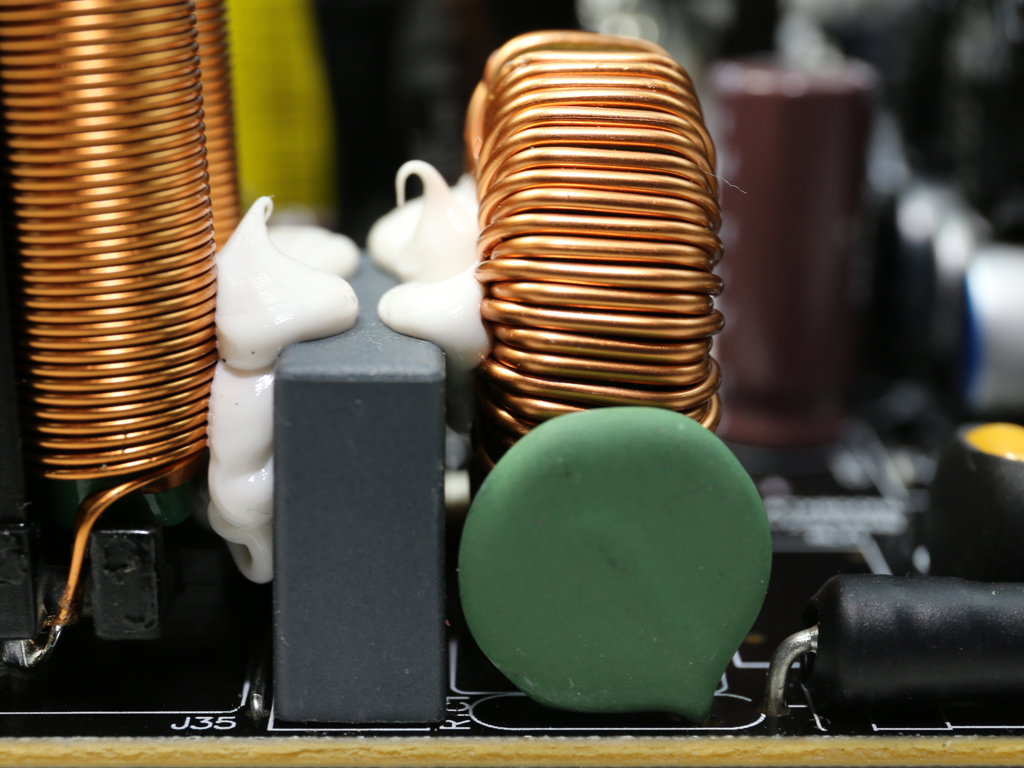Riotoro Onyx 650W PSU Review
Why you can trust Tom's Hardware
Teardown & Component Analysis
Parts Description
Before proceeding with this page we strongly encourage you to a look at our PSUs 101 article, which provides valuable information about PSUs and their operation, allowing you to better understand the components we're about to discuss. Our main tools for disassembling PSUs are a Thermaltronics soldering and rework station and a Hakko FR-300 desoldering gun. Finally, for the identification of tiny parts we use an Andonstar HDMI digital microscope.
| General Data | |
|---|---|
| Manufacturer (OEM) | Great Wall |
| Platform Model | GW-ATX650NL |
| Primary Side | |
| Transient Filter | 4x Y caps, 2x X caps, 2x CM chokes, 1x MOV |
| Inrush Protection | NTC Thermistor |
| Bridge Rectifier(s) | 2x GBU1508 (800V, 15A @ 100°C) |
| APFC MOSFETs | 2x Vishay SiHG30N60E (650V, 18A @ 100°C, 0.125Ω) |
| APFC Boost Diode | 1x BYC15-600 (600V, 15A @ 98°C) |
| Hold-up Cap(s) | 2x Chemi-Con (450V, 180uF each, 2000h @ 105°C, KMR) |
| Main Switchers | 2x ROHM Semiconductor R6020ANX (600V, 9.7A @ 100°C, 0.22Ω) |
| APFC Controller | Champion CM6500 & CM03AX Green PFC Controller |
| LLC Resonant Controller | Champion CM6901X |
| Topology | Primary side: Half-Bridge & LLC Resonant Controller Secondary side: Synchronous Rectification & DC-DC converters |
| Secondary Side | |
| +12V MOSFETs | 4x APEC AP9992GP-A-HF (60V, 115A @ 100°C, 2.99mΩ) |
| 5V & 3.3V | DC-DC Converters: 6x Alpha & Omega AOD508 (30V, 55A @ 100°C, 4.5mΩ) PWM Controller: APW7159C |
| Filtering Capacitors | Electrolytics: Nippon Chemi-Con (1-5,000 @ 105°C, KZE), Rubycon ZLH (6-10,000h @ 105°C), Rubycon ZLJ (1-5,000h @ 105°C), 1x Elite (4.7uF, 50V, 105°C) Polymers: 10x Chemi-Com |
| Supervisor IC | Sitronix ST9S429-PG14 (OCP, OVP, UVP, SCP, PG) & LM358 |
| Fan Model | Yate Loon D12SM-12 (120mm, 12V, 0.30A, 1650RPM, 70.5 CFM, 33 dB(A), Sleeve Bearing) |
| 5VSB Circuit | |
| FET & Rectifier | 1x APEC AP04N60H-HF (600V, 2.2A @ 100°C, 2.5Ω) & 1x PFR20L45CT SBR (45V, 20A) |
| Standby PWM Controller | Leadtrend LD5760 |
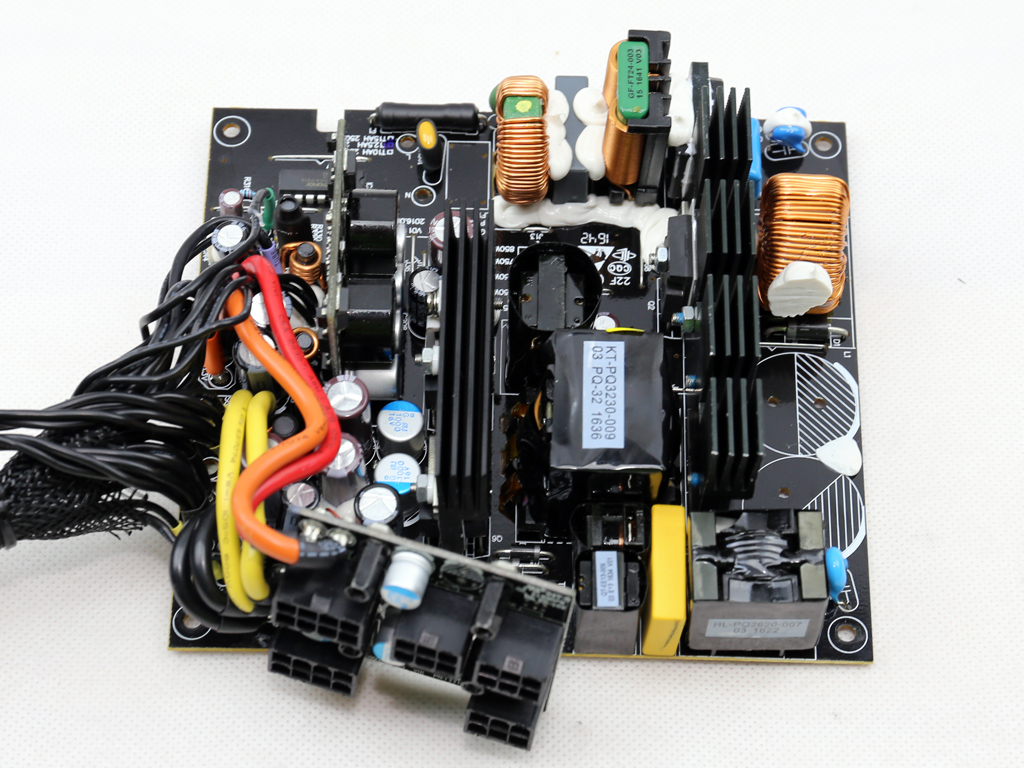
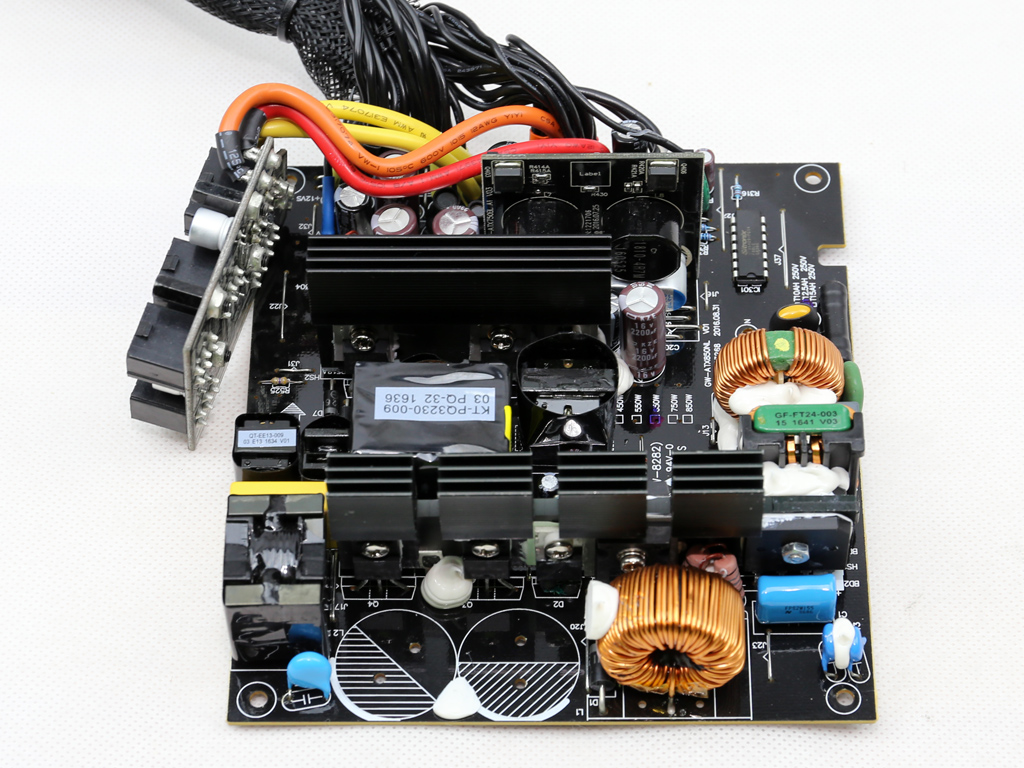
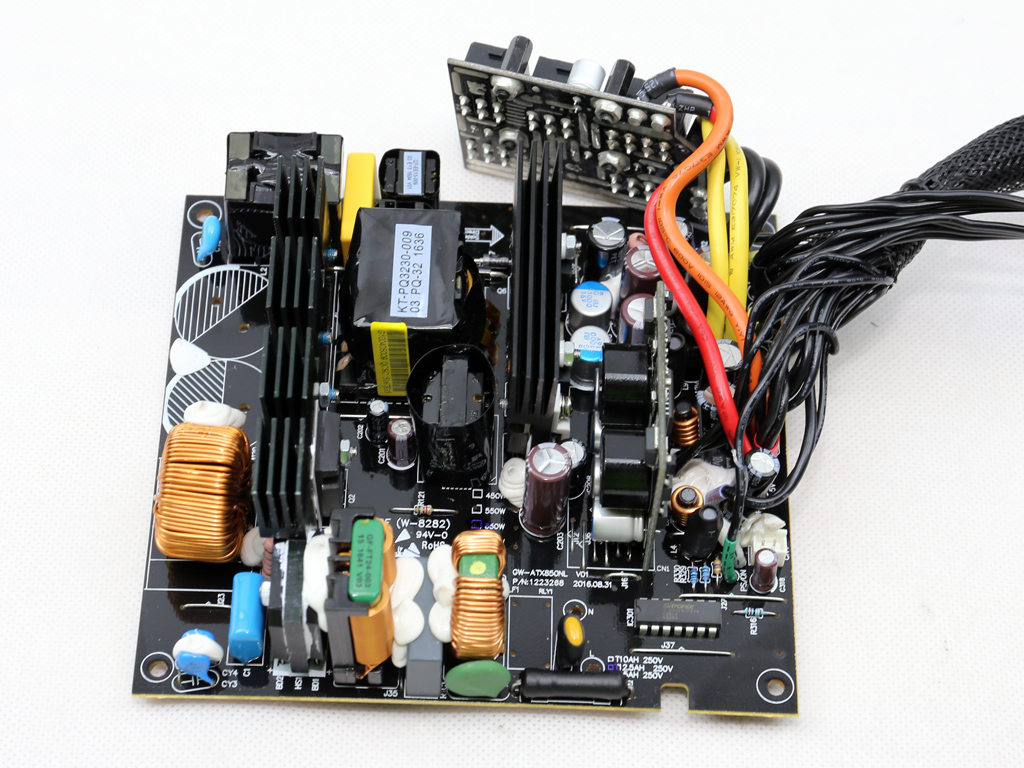

Upon removing this PSU's top panel, we got the impression that Riotoro's PR-BP0650-SM should sport a higher efficiency rating. That's because Great Wall uses a half-bridge topology, along with an LLC resonant converter on the primary side. On the secondary side, we find a synchronous design and DC-DC converters. Similar platforms are normally utilized in much higher-efficiency PSUs, so this is a nice surprise.
Continuing with the good news, almost all of this platform's capacitors are provided by respected Japanese manufacturers (Chemi-Con and Rubycon), and although most of them don't belong to high-end lines, they still outperform the Taiwanese and Chinese caps typically used in similarly-priced PSUs. In general, this looks to be a very good platform that should be highly competitive.
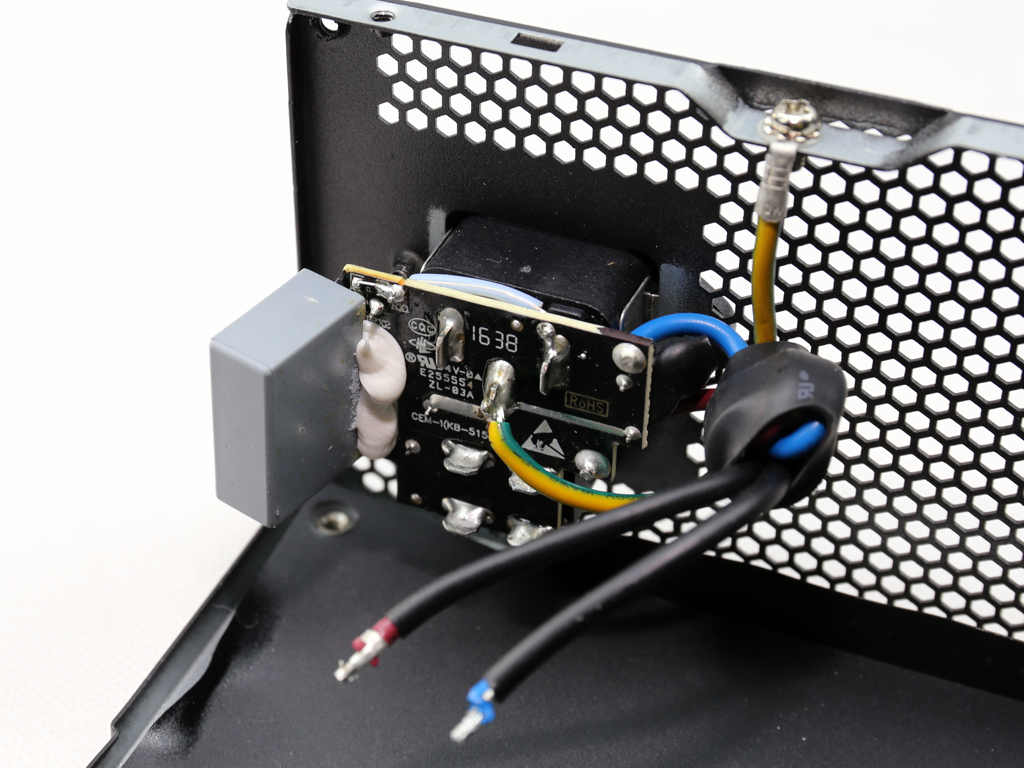



The first part of the transient filtering stage is on a small PCB; it includes a single X cap and two Y ones. The same filter continues on the main PCB with another round of the same caps, in addition to two CM chokes and an MOV.
An NTC thermistor provides protection against large inrush currents. The only problem is that there is no bypass relay to support it, so it remains in the circuit once the PSU's start-up phase finishes. This won't allow its temperature to drop, which would allow it to offer its services again in the event of a short power loss draining the bulk caps. On top of that, even at high temperatures this thermistor still has some resistance, so energy is lost on it.
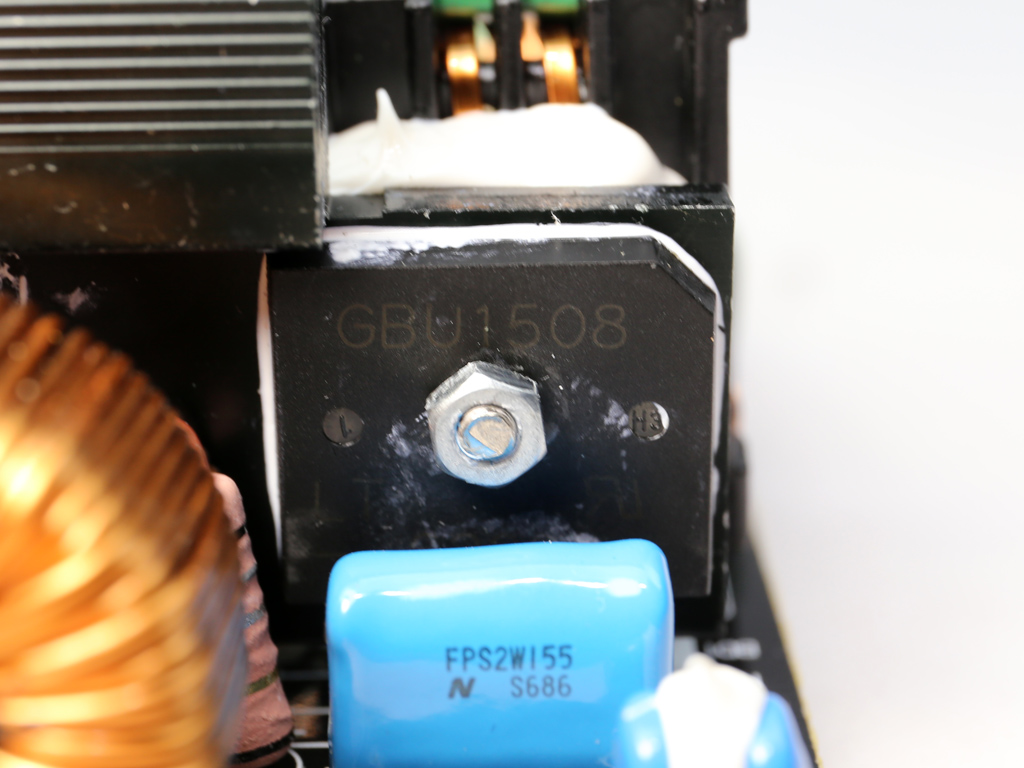
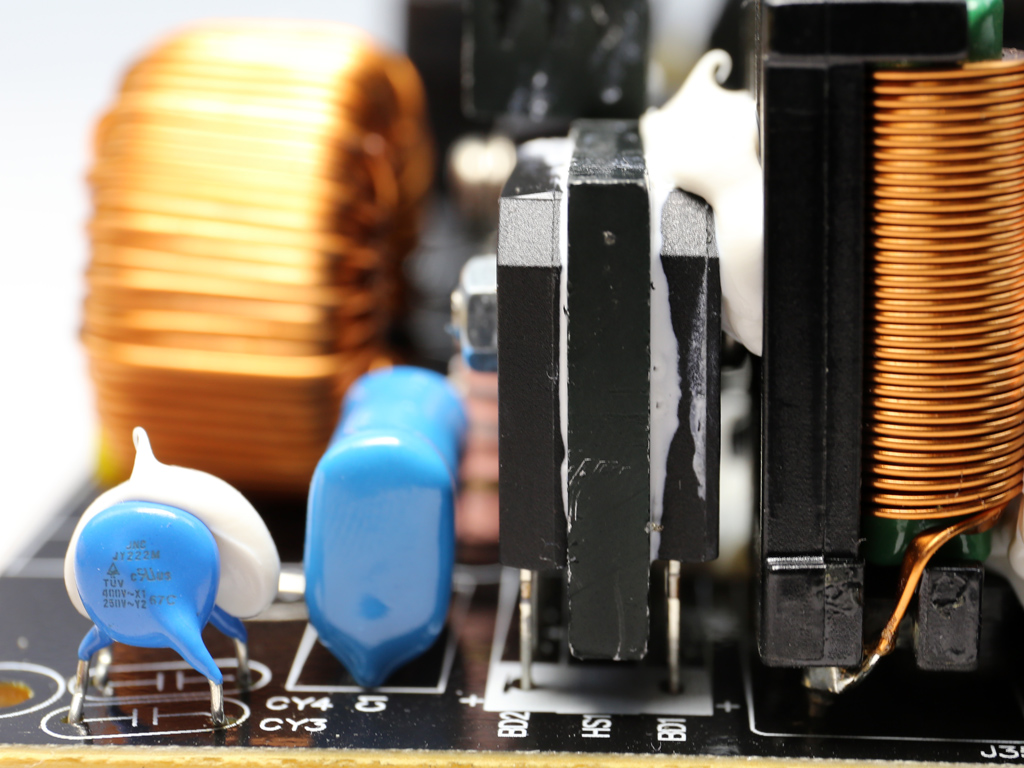
Two GBU1508 bridge rectifiers are bolted on a dedicated heat sink.
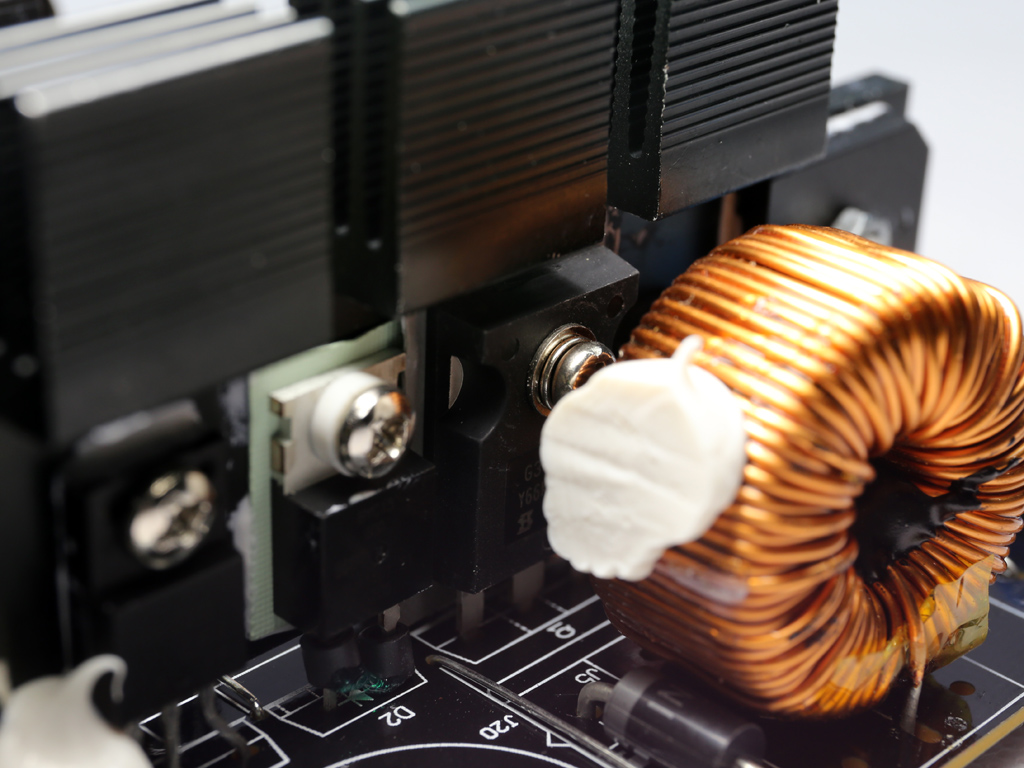

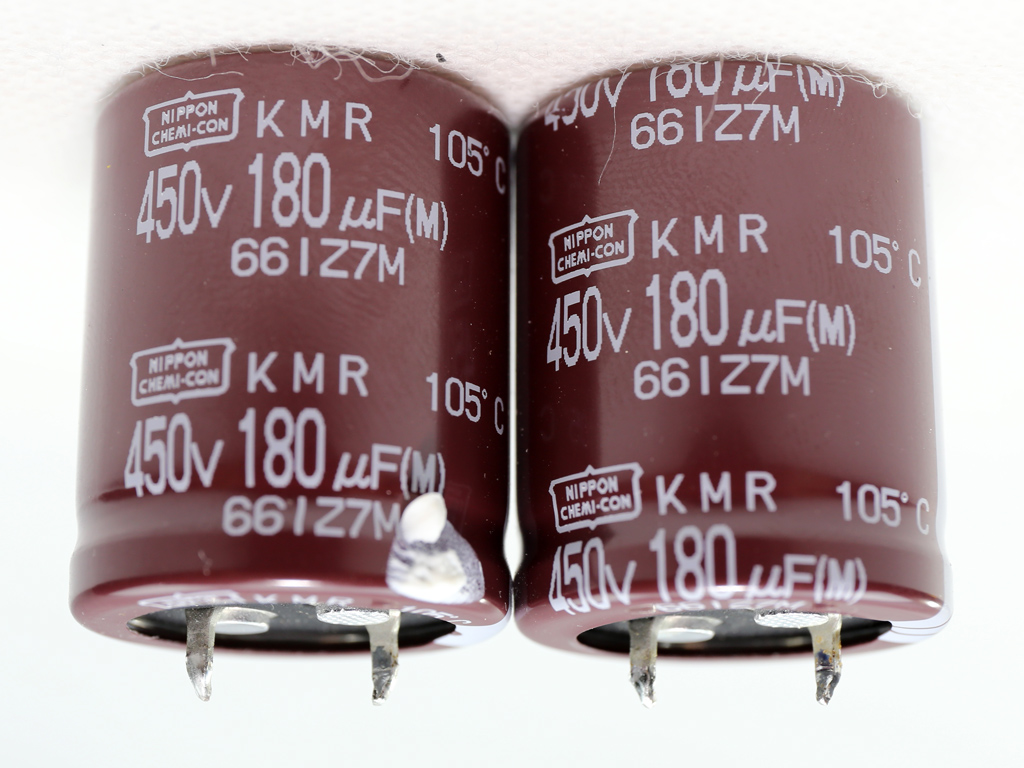


We find two Vishay SiHG30N60E FETs and a single BYC15-600 boost diode in the APFC converter. The bulk caps are provided by Chemi-Con (450V, 180uF each, 2000h @ 105°C, KMR), and although their quality is high, their combined capacity (360mF) is very low for a 650W PSU. The PFC controller is installed on the main PCB; it is a Champion CM6500, and it's supported by a CM03AX Green PFC controller.
Get Tom's Hardware's best news and in-depth reviews, straight to your inbox.


The primary FETs are two ROHM Semiconductor R6020ANXs arranged into a half-bridge topology. The LLC resonant controller, a Champion CM6901X, is on the solder side of the main PCB. It's weird to see an LLC resonant controller in a PSU with such low efficiency certifications. GW probably had to try hard to achieve this.


Here's the LLC resonant part and a small detail on the board, an arrow shape showing the direction of soldering.
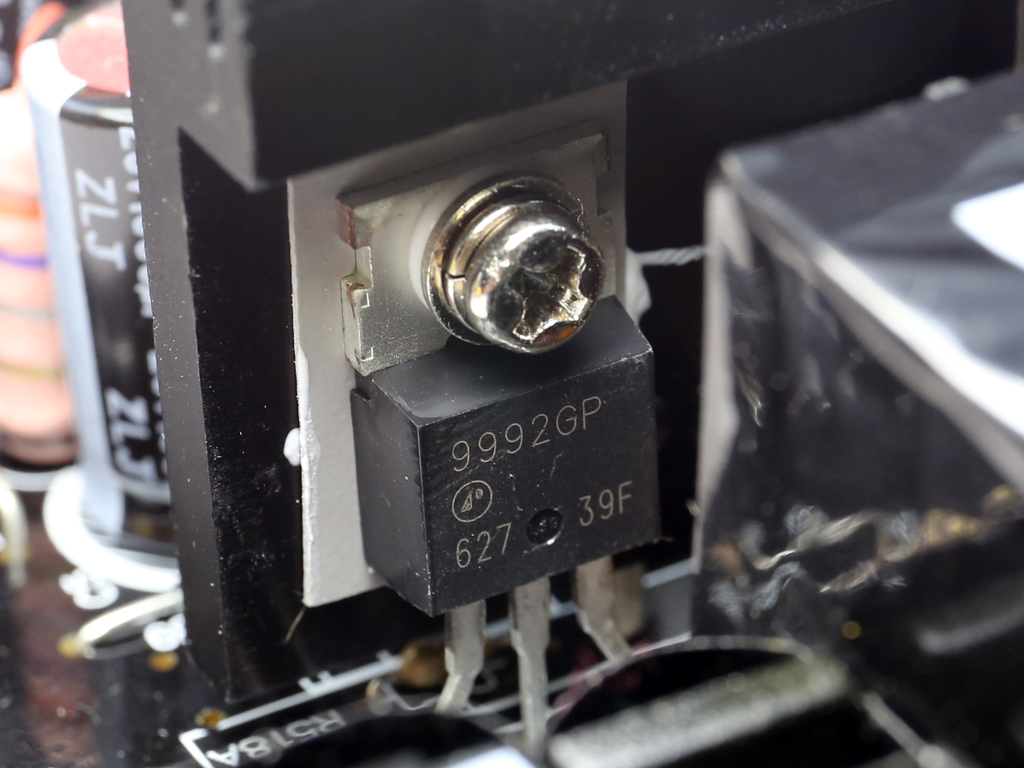
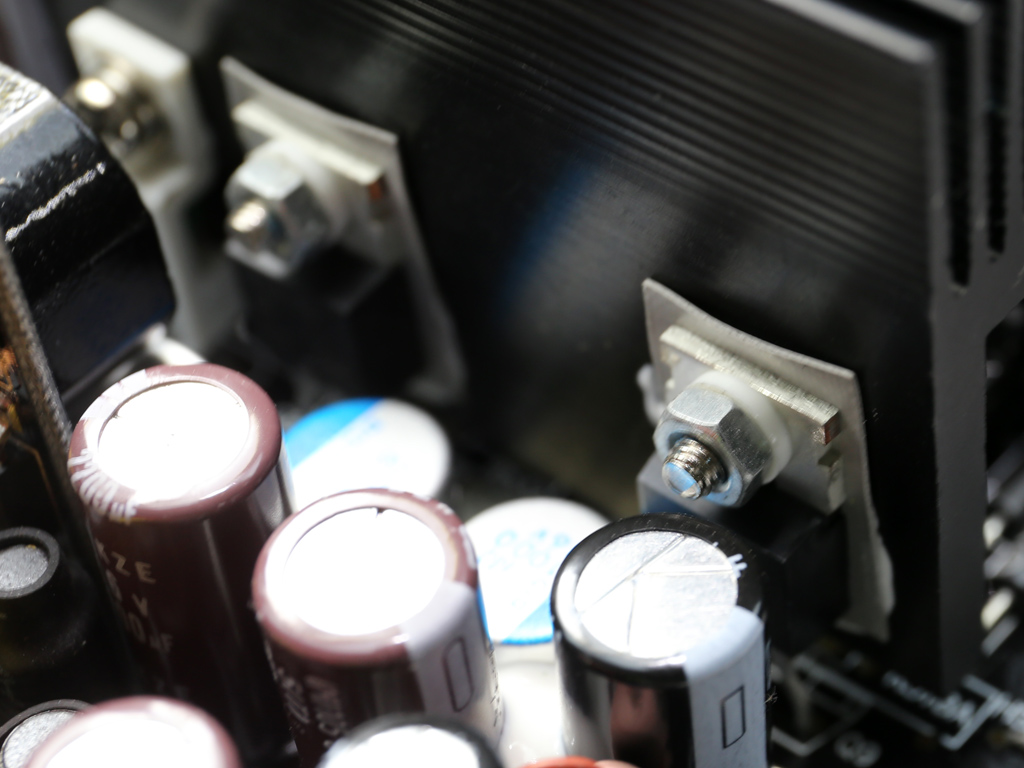
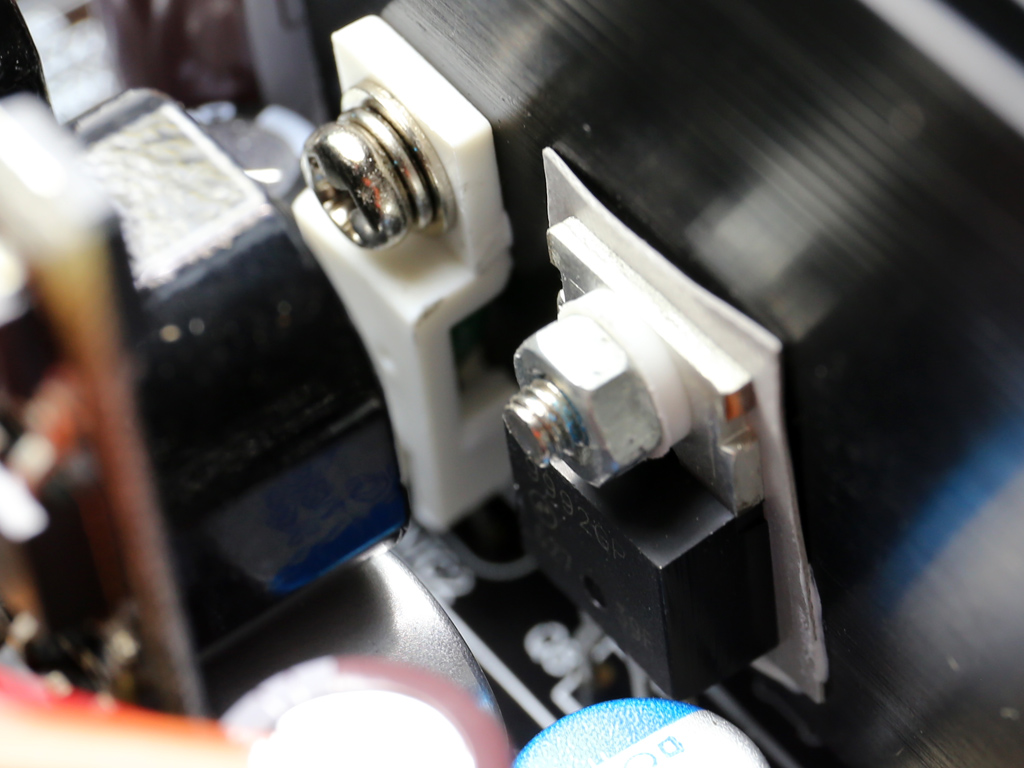
Four APEC AP9992GP-A-HF FETs regulate the +12V rail. On their heat sink, we also notice a thermistor that most likely provides data to the fan control circuit.
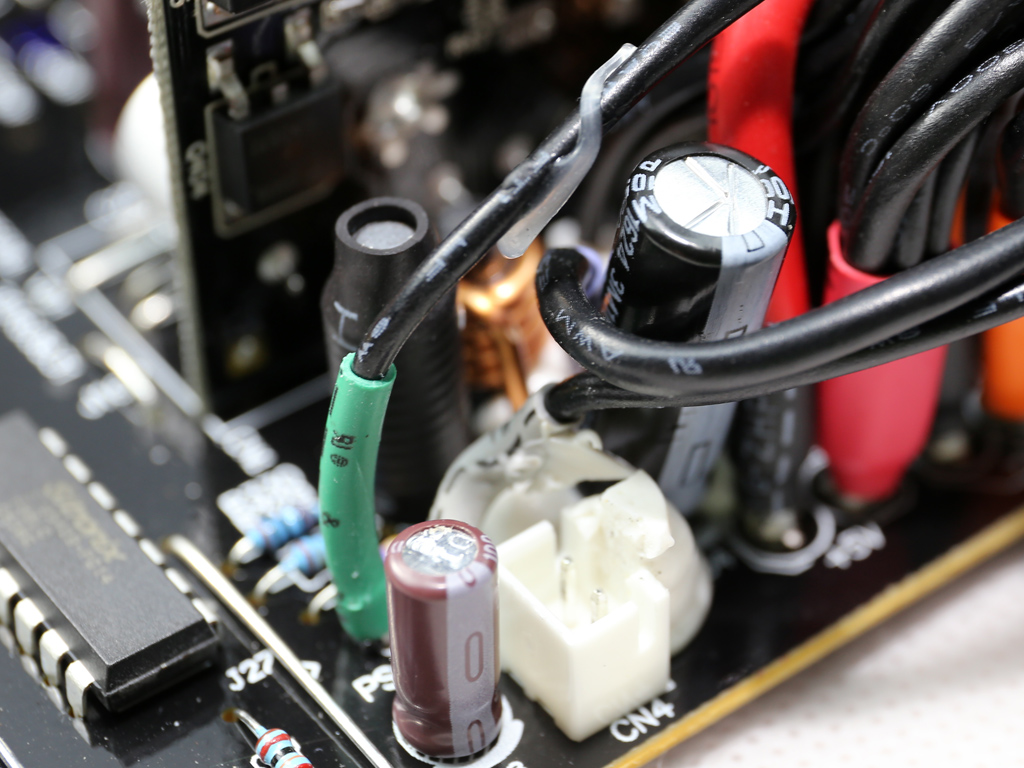
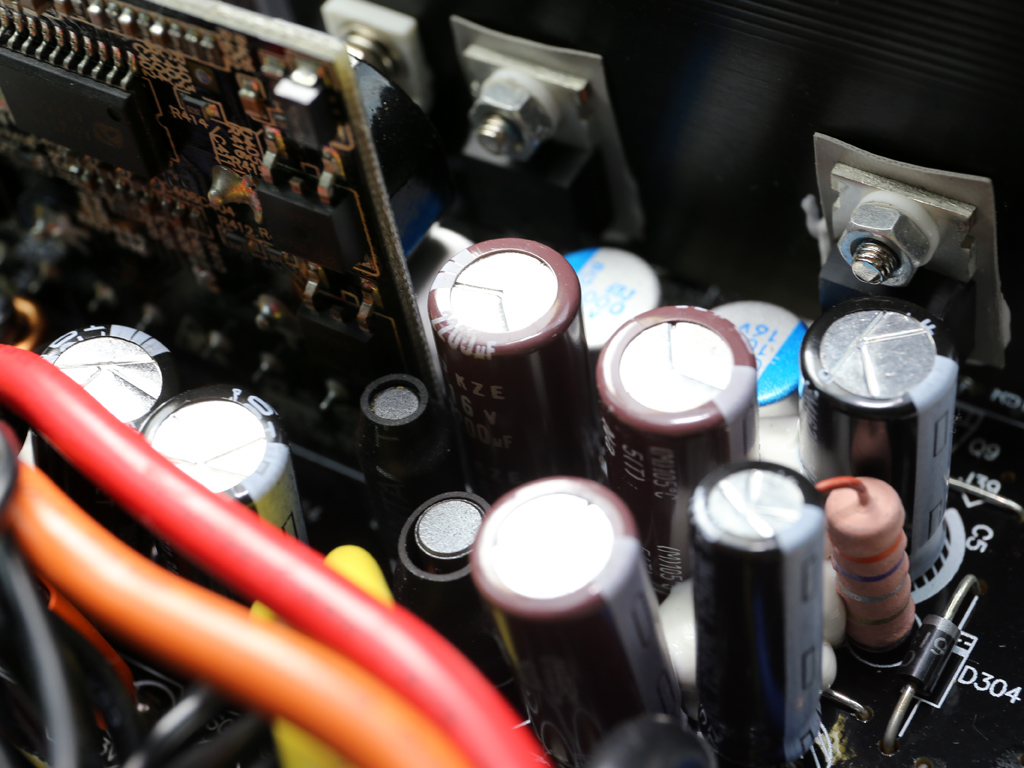

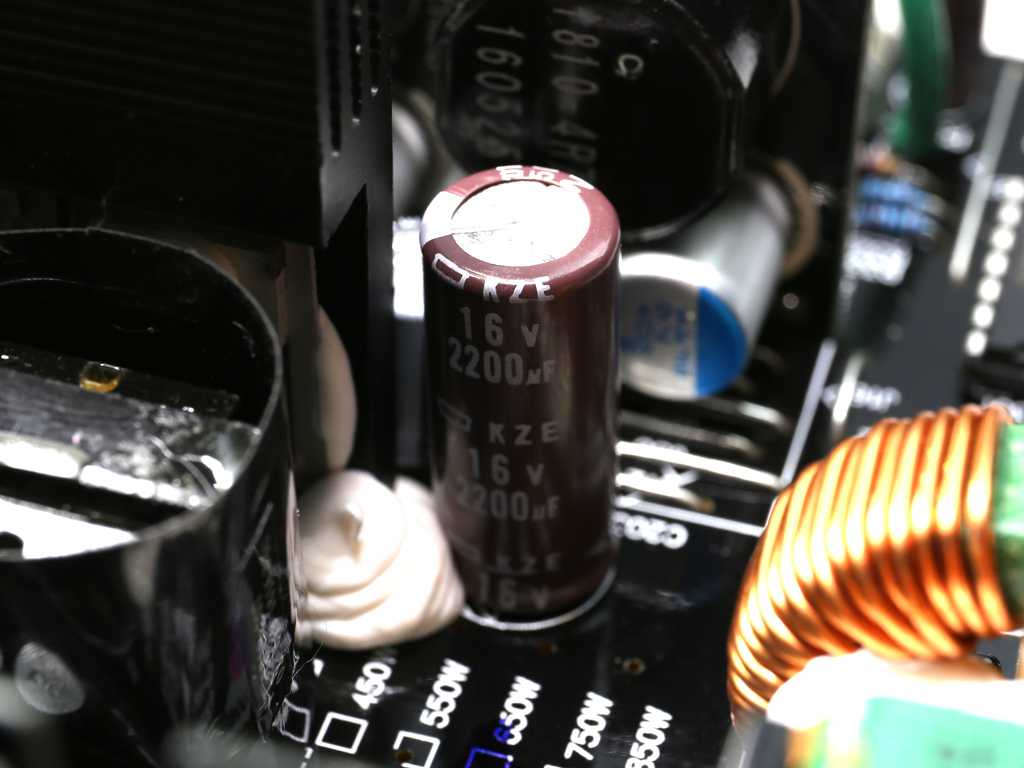

The majority of filtering caps is provided by Chemi-Con (KZE) and Rubycon (ZLH, ZLJ). We only spot a single Elite electrolytic capacitor, it likely doesn't play a great role in filtering. All electrolytic caps are rated at 105°C, and 10 polymer Chemi-Cons also filter the rails. They're mostly installed on the front side of the modular PCB.

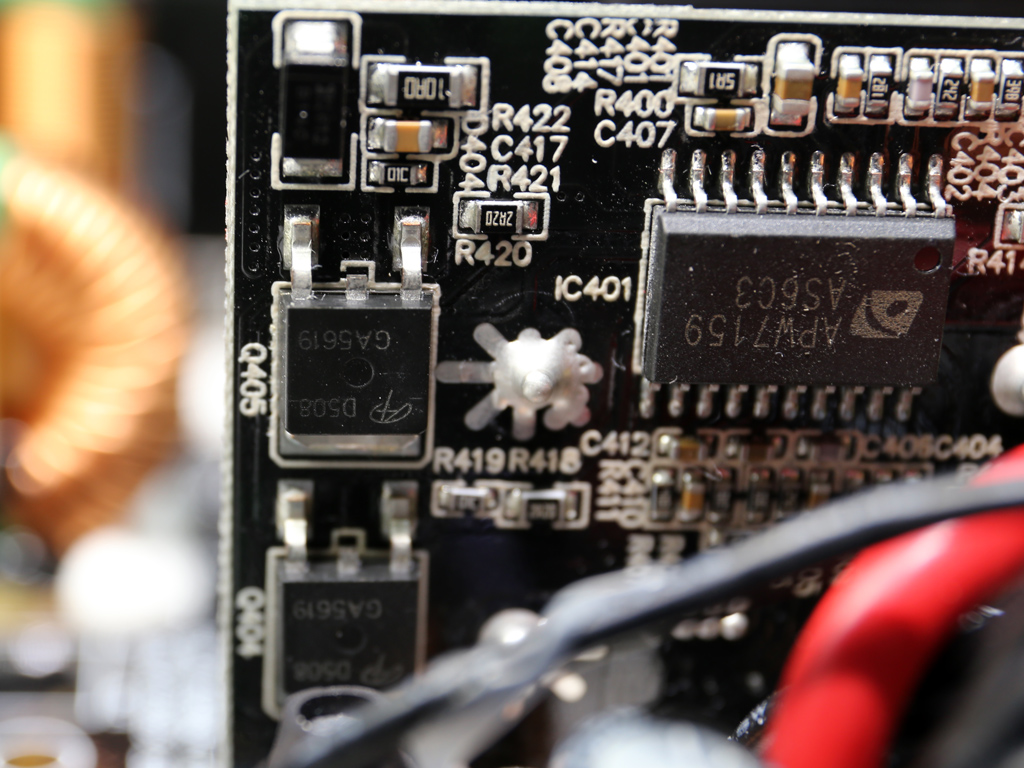
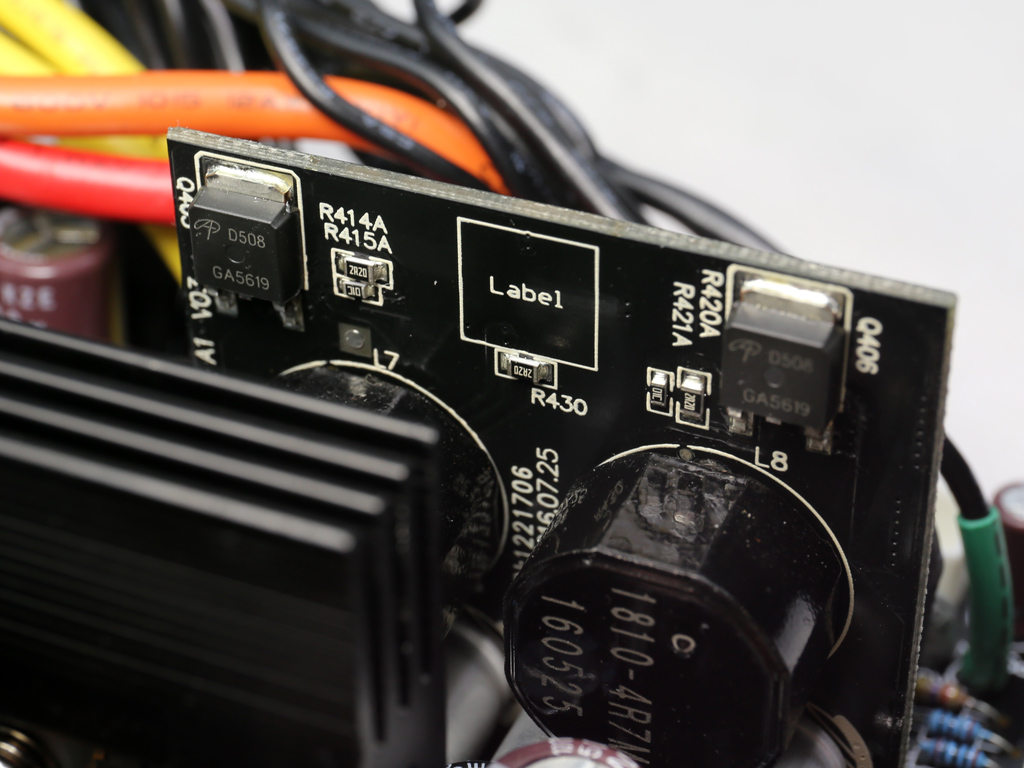
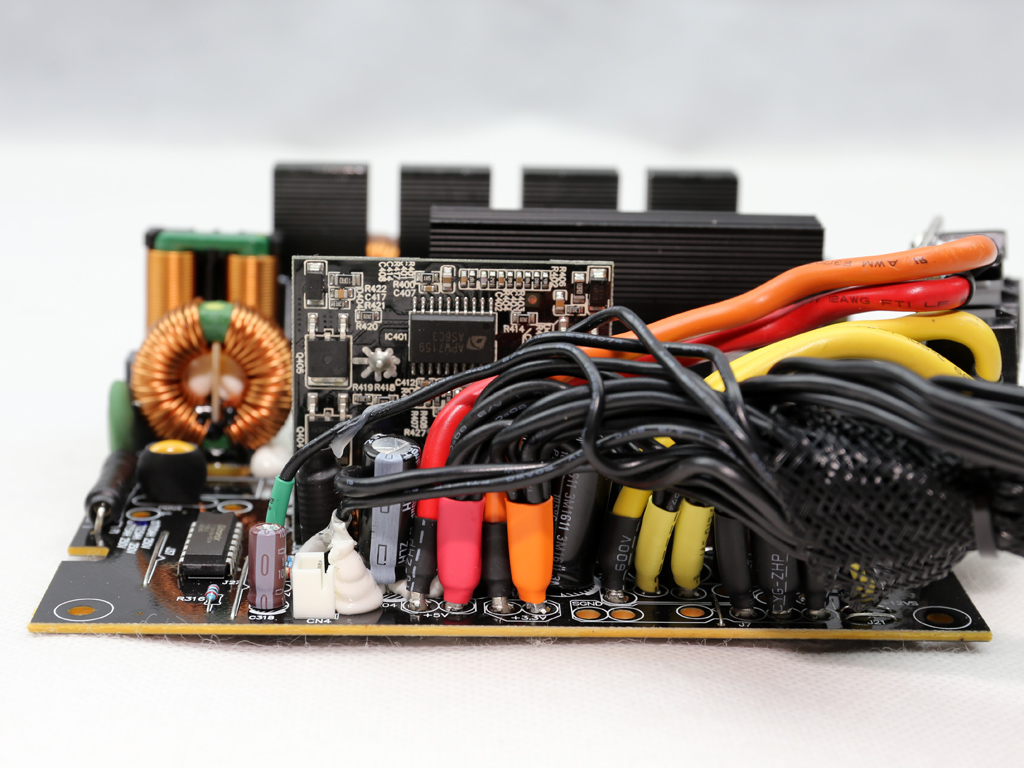
Two VRMs regulate the minor rails. They use six Alpha & Omega AOD508 FETs, and the common PWM controller is an Anpec APW7159C.
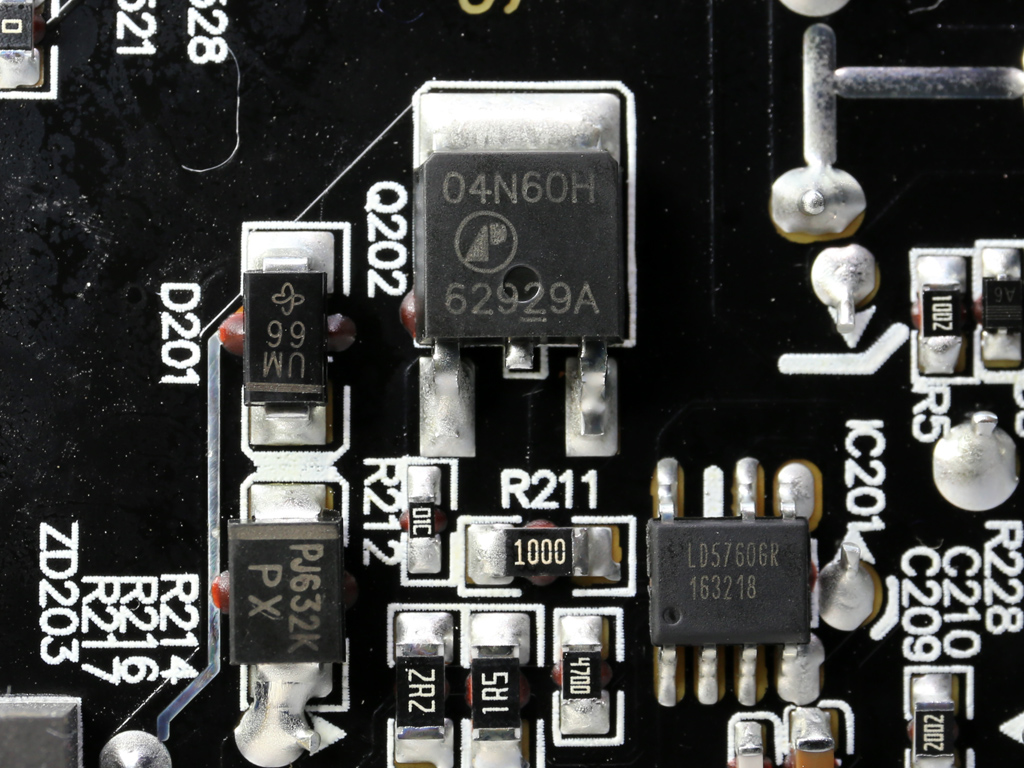
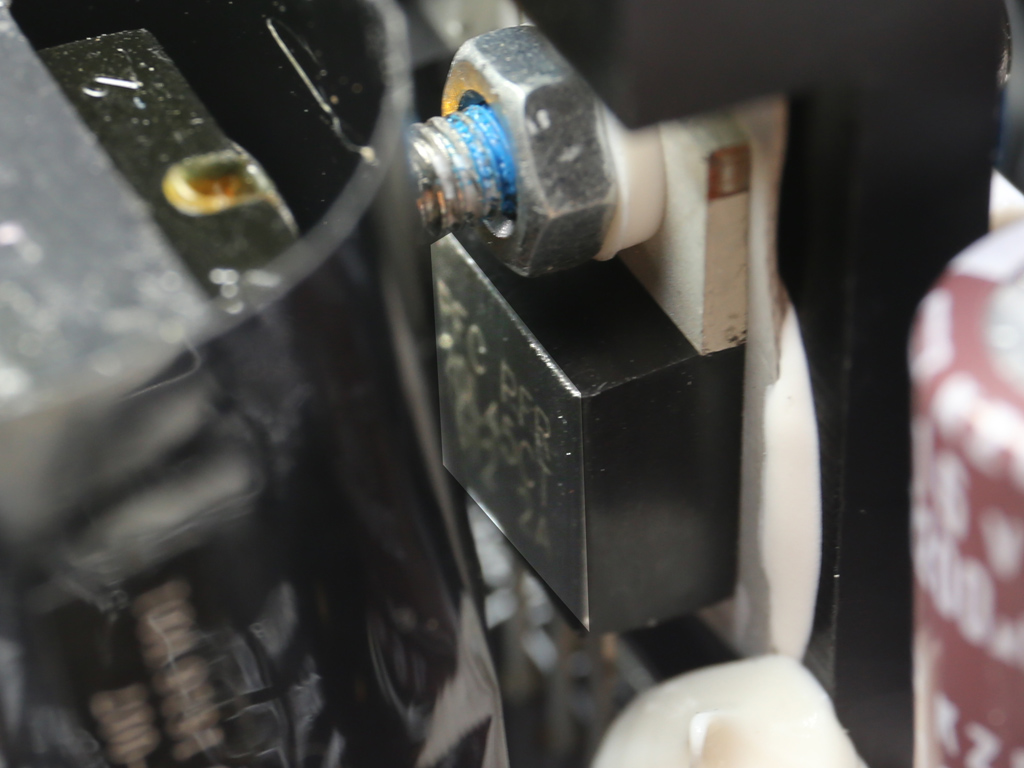
The primary FET of the 5VSB rail is an APEC AP04N60H-HF, while the rectifier is a PFR20L45CT SBR.

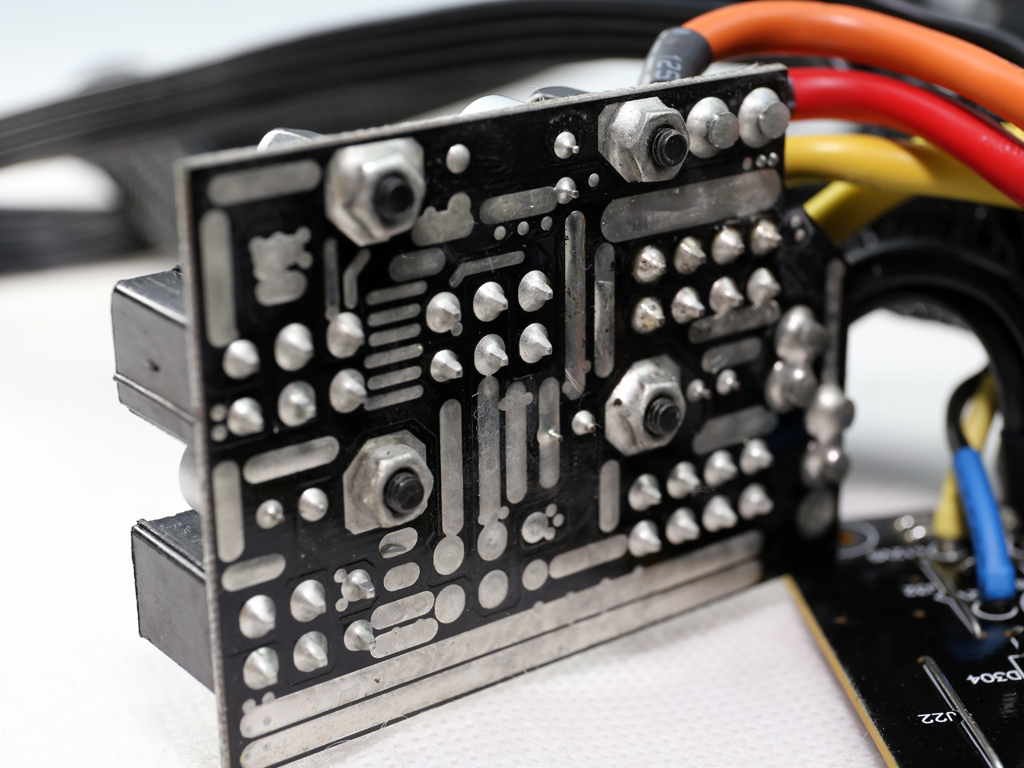
The modular PCB is quite small, but it's fully equipped with ripple-filtering caps.
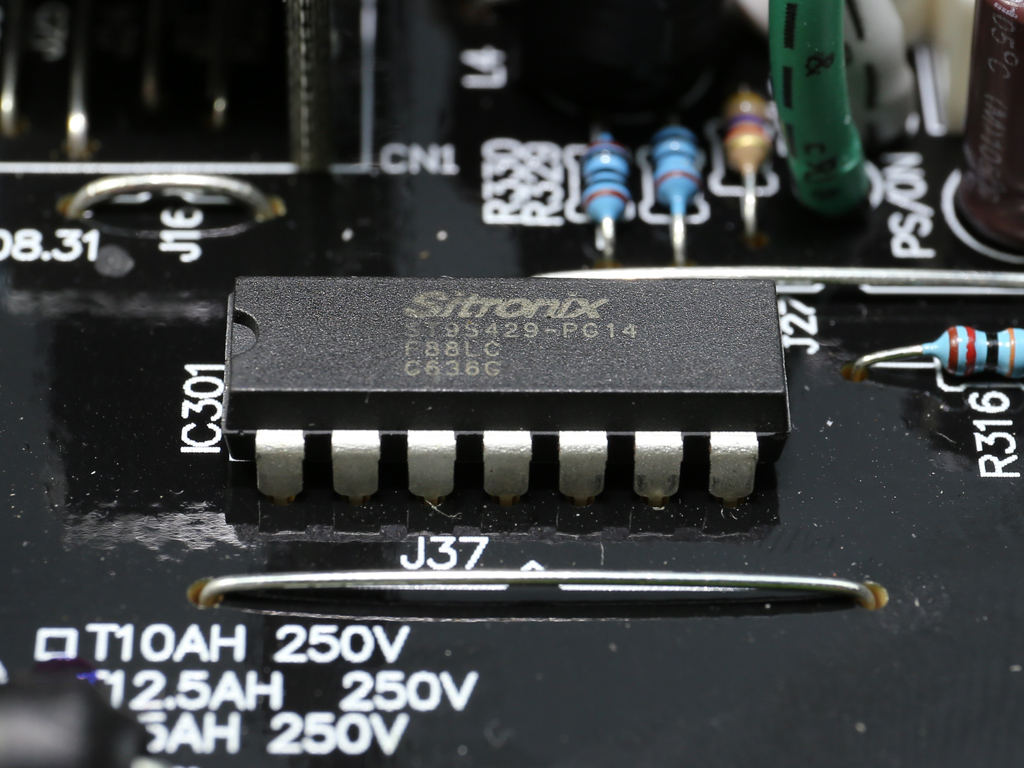
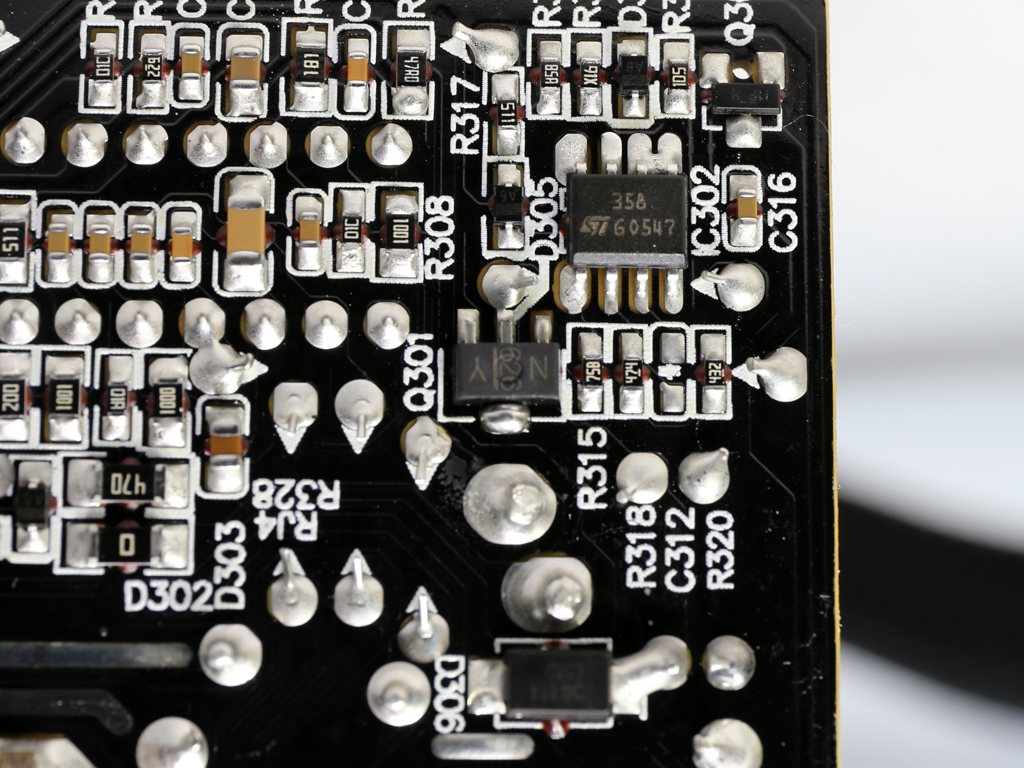
The supervisor IC, a Sitronix ST9S429-PG14, is supported by a LM358 IC.
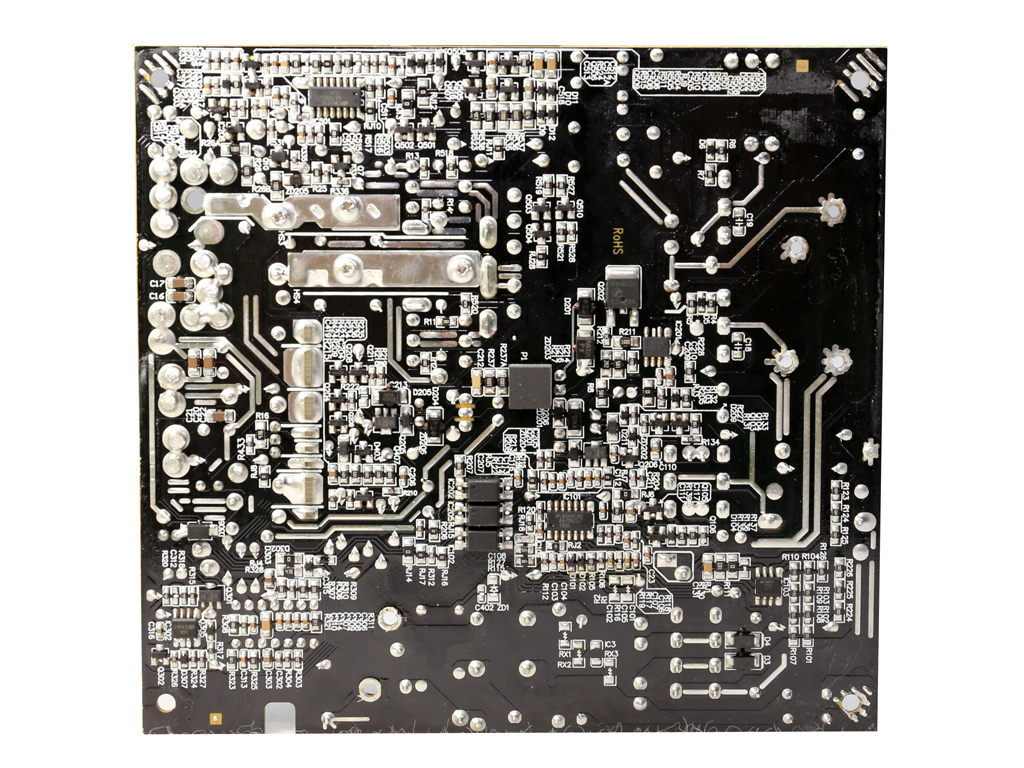


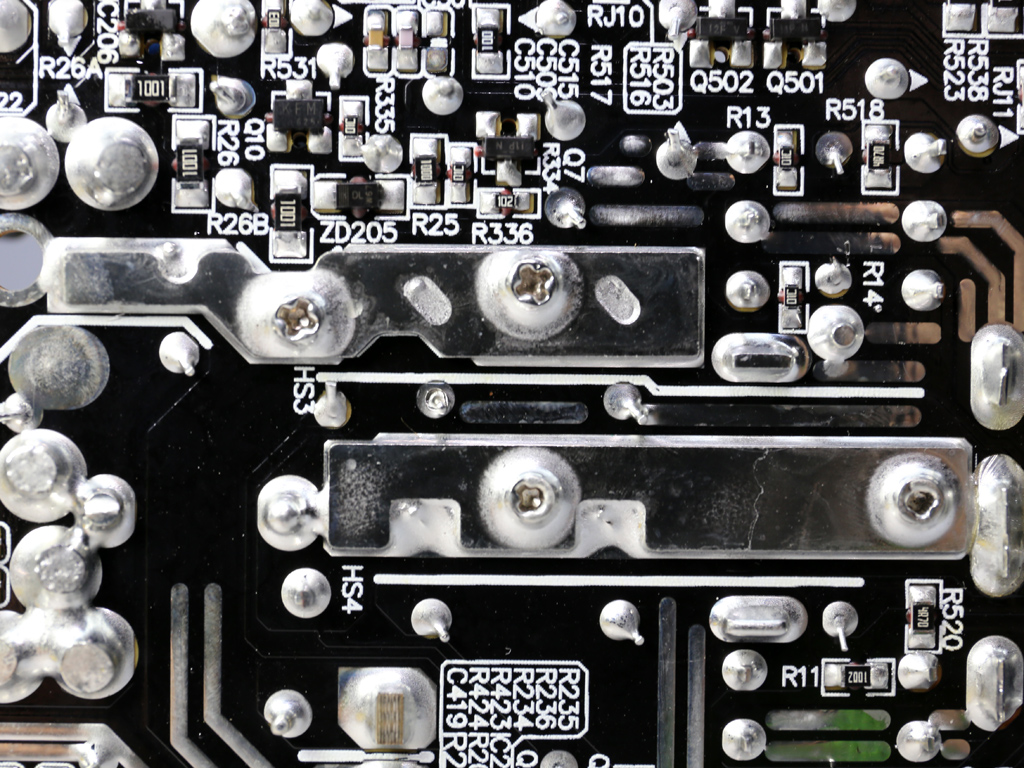

We don't have any complaints about Great Wall's soldering quality. It's actually quite good.
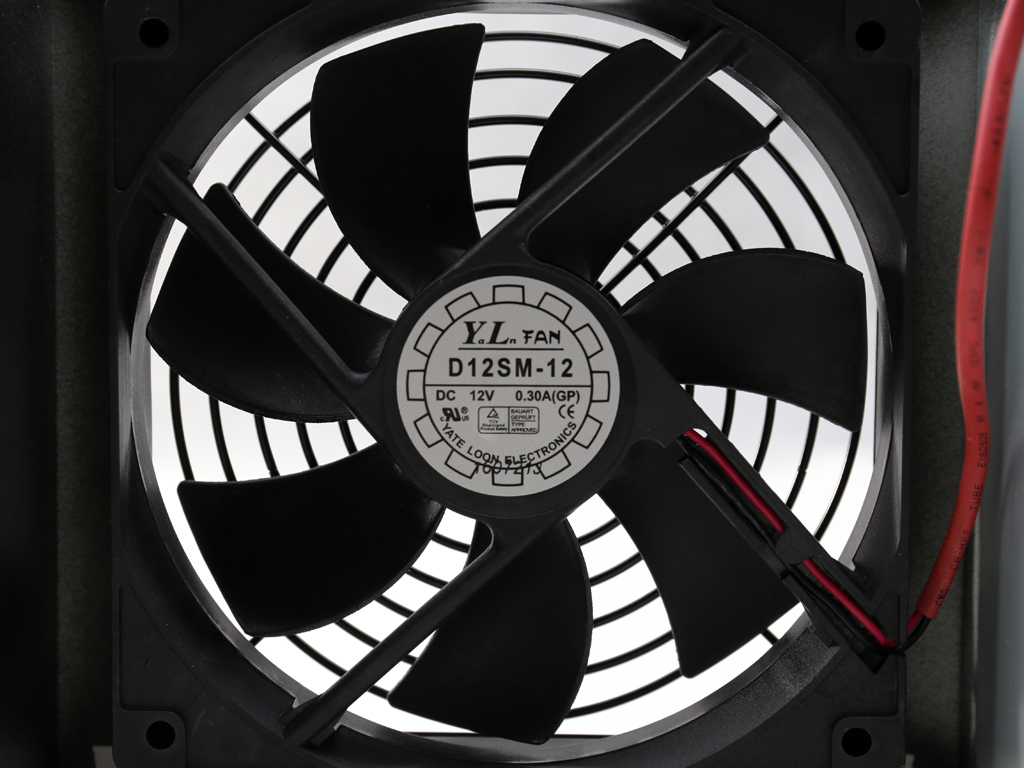

The cooling fan is provided by Yate Loon and it uses a single sleeve bearing. Its model number is D12SM-12 (120mm, 12V, 0.30A, 1650 RPM, 70.5 CFM, 33 dB[A]). Although we would like to see a higher-quality fan, you can't be too picky in this price range.
MORE: Best Power Supplies
MORE: How We Test Power Supplies
MORE: All Power Supply Content
Current page: Teardown & Component Analysis
Prev Page Packaging, Contents, Exterior & Cabling Next Page Load Regulation, Hold-Up Time & Inrush Current
Aris Mpitziopoulos is a contributing editor at Tom's Hardware, covering PSUs.
-
turkey3_scratch I don't think it's so much the aggressiveness of the fan that contributes to the noise rather than the fact that it's just a noisy fan. There are many other fans that could be spinning at equal RPM and be much quieter while providing the same amount of cooling.Reply
Then again, the noise should not be too severe of a deal in a computer case with other fans (such as case fans at 100% always) contributing more significantly to the net noise.
Edit: Nevermind, dope move by me. I didn't realize the y axis started at 1400RPM, yep, that fan RPM is very high indeed. -
Ne0Wolf7 Reply20135612 said:I don't think it's so much the aggressiveness of the fan that contributes to the noise rather than the fact that it's just a noisy fan. There are many other fans that could be spinning at equal RPM and be much quieter while providing the same amount of cooling.
Then again, the noise should not be too severe of a deal in a computer case with other fans (such as case fans at 100% always) contributing more significantly to the net noise.
I agree, especially when you're like me and have six of them because you were obsessed with filling all of the fan slots on your first build (lol). When the noise finally got to me, I got creative with my intake/ output configuration, and set my PSU to ECO mode (which is no fan). The PSU started roasting, so I rebooted with the fan going and noticed no noise difference whatsoever and the PSU was much cooler (then again, my case fans are sleeve bearing, but still). -
turkey3_scratch Reply20135670 said:20135612 said:I don't think it's so much the aggressiveness of the fan that contributes to the noise rather than the fact that it's just a noisy fan. There are many other fans that could be spinning at equal RPM and be much quieter while providing the same amount of cooling.
Then again, the noise should not be too severe of a deal in a computer case with other fans (such as case fans at 100% always) contributing more significantly to the net noise.
I agree, especially when you're like me and have six of them because you were obsessed with filling all of the fan slots on your first build (lol). When the noise finally got to me, I got creative with my intake/ output configuration, and set my PSU to ECO mode (which is no fan). The PSU started roasting, so I rebooted with the fan going and noticed no noise difference whatsoever and the PSU was much cooler (then again, my case fans are sleeve bearing, but still).
I have a build with like 6 fans that gets noisy because the motherboard only supports so many fans, so I have to plug them into the PSU. But I also have a second build that is dead silent with some Noctuas, and that's the type of build I would want a very silent or at least semi-passive PSU in. -
Ne0Wolf7 Reply20135678 said:20135670 said:20135612 said:I don't think it's so much the aggressiveness of the fan that contributes to the noise rather than the fact that it's just a noisy fan. There are many other fans that could be spinning at equal RPM and be much quieter while providing the same amount of cooling.
Then again, the noise should not be too severe of a deal in a computer case with other fans (such as case fans at 100% always) contributing more significantly to the net noise.
I agree, especially when you're like me and have six of them because you were obsessed with filling all of the fan slots on your first build (lol). When the noise finally got to me, I got creative with my intake/ output configuration, and set my PSU to ECO mode (which is no fan). The PSU started roasting, so I rebooted with the fan going and noticed no noise difference whatsoever and the PSU was much cooler (then again, my case fans are sleeve bearing, but still).
I have a build with like 6 fans that gets noisy because the motherboard only supports so many fans, so I have to plug them into the PSU. But I also have a second build that is dead silent with some Noctuas, and that's the type of build I would want a very silent or at least semi-passive PSU in.
My ATX motherboard only has two fan headers, not sure who was in charge there, haha, but I bought two three way splitters so I could control the speeds. My side panel has two fan slots, and I can only use one of them because the CPU cooler, so I just have this lovely outlet for sound... Its really a blessing too beacsue I have two GPUs so one can never be tarved for air too much but still. A new case and fans are in my future somewhere. -
takeshi7 Can you review the Rosewill Hive 750W? I got one on sale for $60 recently and there aren't any recent reviews for it, and not from any that are as in depth as Tom's Hardware.Reply -
takeshi7 Reply
It's still relevant though. Especially because it's cheaper, more powerful, and has the same 80 Plus rating as this Riotoro unit.20143641 said:@takeshi7, there aren't new reviews for it because it isn't a new PSU. -
turkey3_scratch Reply20144799 said:
It's still relevant though. Especially because it's cheaper, more powerful, and has the same 80 Plus rating as this Riotoro unit.20143641 said:@takeshi7, there aren't new reviews for it because it isn't a new PSU.
"More powerful" can be interpreted many ways. What do you mean by that? -
takeshi7 Reply
I mean 750W > 650W.20144830 said:20144799 said:
It's still relevant though. Especially because it's cheaper, more powerful, and has the same 80 Plus rating as this Riotoro unit.20143641 said:@takeshi7, there aren't new reviews for it because it isn't a new PSU.
"More powerful" can be interpreted many ways. What do you mean by that? -
turkey3_scratch Reply20144901 said:
I mean 750W > 650W.20144830 said:20144799 said:
It's still relevant though. Especially because it's cheaper, more powerful, and has the same 80 Plus rating as this Riotoro unit.20143641 said:@takeshi7, there aren't new reviews for it because it isn't a new PSU.
"More powerful" can be interpreted many ways. What do you mean by that?
Eh, doesn't really mean much of anything if you ask me. It's just what they decided to rate it at. I don't think we'll ever see a Rosewill Hive review. They're older and newer units get reviewed instead.
A high quality lower wattage power supply can be more powerful than a lesser quality higher wattage power supply.
